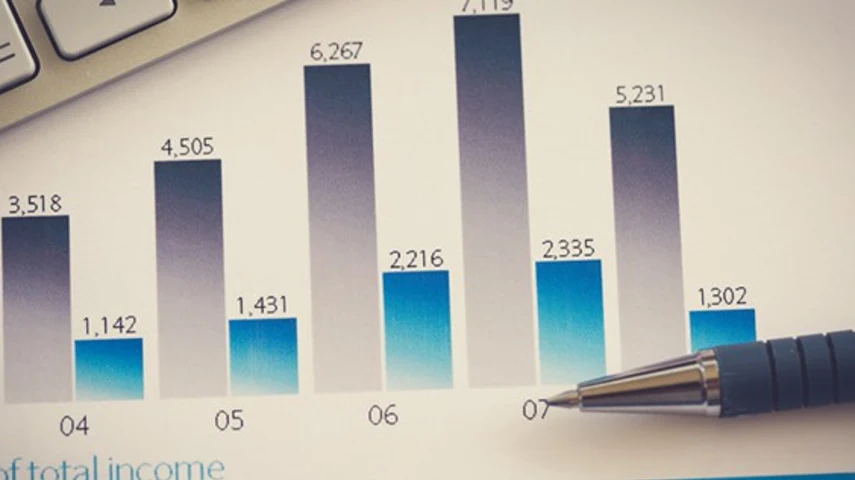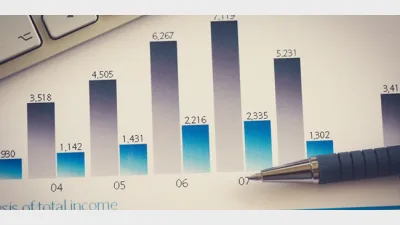Making income streams last even longer for `Generation L’



The changing of the definition of an income stream in the Budget proposals are going to result in a lot of product development in the rundown to July 1 next year, according to Louise Biti, head of technical services at Asteron.
Biti believes the new proposals represent an acknowledgement by Government that the former legislation was fairly restrictive in what you could develop as a product.
“This meant a lot of products were developed to meet a particular technical strategy, such as getting a social security asset test exemption or maximising the pension RBL, instead of meeting the needs of clients actually are.
“Currently, the legislation has provision something like seven different types of annuities and five different types of pensions, and very specific rules for each one.”
However, she believes the proposals offer a more simplified way of identifying what is a pension under the new proposals, which will lead to more product development.
One of the areas that hasn’t been addressed by the current range of products, or in many financial planning strategies, and where the need for product development is great, is the issue of longevity risk.
“We believe planners currently use life expectancy inappropriately in working out how long a client is going to need their retirement income to last for,” Biti says.
“They tend to use tables, which say in one case that a 65-year-old male can expect to live another 18 years (83), so planners tend to try to make money last to 83.
“If you retire with an allocated pension at age 65, they are often designed to run out at age 85, and a lot of financial strategies look at getting you to that point but not beyond.
“We, however, have identified a fast growing group of people over the age of 85, named Generation L, who are often running out of money as a result of that incorrect assessment by planners.”
Asteron has come up with a product solution, namely Longevity Income Stream, which was launched last month into an environment enhanced by the new proposals.
“It’s a very structured product that allows people at 65 to set up an allocated pension and put in a small percentage of 10 to 20 per cent of their money in the longevity income stream,” Biti says.
“That then sits and accumulates and earns interest, plus some other longevity boosts, and all the while you are receiving your allocated pension in say the first 20 years of your retirement.”
She says the client picks an age between 80 and 85 where the pension payments start, and once these start your income is guaranteed for the rest of your life.
“In addition to getting these payments, you may qualify for the age pension, which will give you a reasonable level of return,” Biti says.
— Liam Egan
Recommended for you
In this episode of Relative Return Insider, host Keith Ford and AMP deputy chief economist Diana Mousina break down the spike in inflation numbers and what it means for the possibility of a rate cut as we move into the new year.
In this episode of Relative Return Insider, host Keith Ford and AMP economist My Bui explore Prime Minister Anthony Albanese’s trip to the US and the critical minerals deal stemming from his meeting with President Donald Trump.
In this episode of Relative Return Insider, host Keith Ford and AMP chief economist Shane Oliver unpack the latest unemployment numbers and what they mean for a rate cut, as well as how the latest flare-up in the ongoing US–China trade dispute has highlighted the remaining disparity between gold and bitcoin.
In this episode of Relative Return Insider, host Keith Ford and AMP chief economist Shane Oliver take a look at the unfolding impacts and potential economic ramifications of the US government shutdown and the surge in gold and bitcoin prices.







